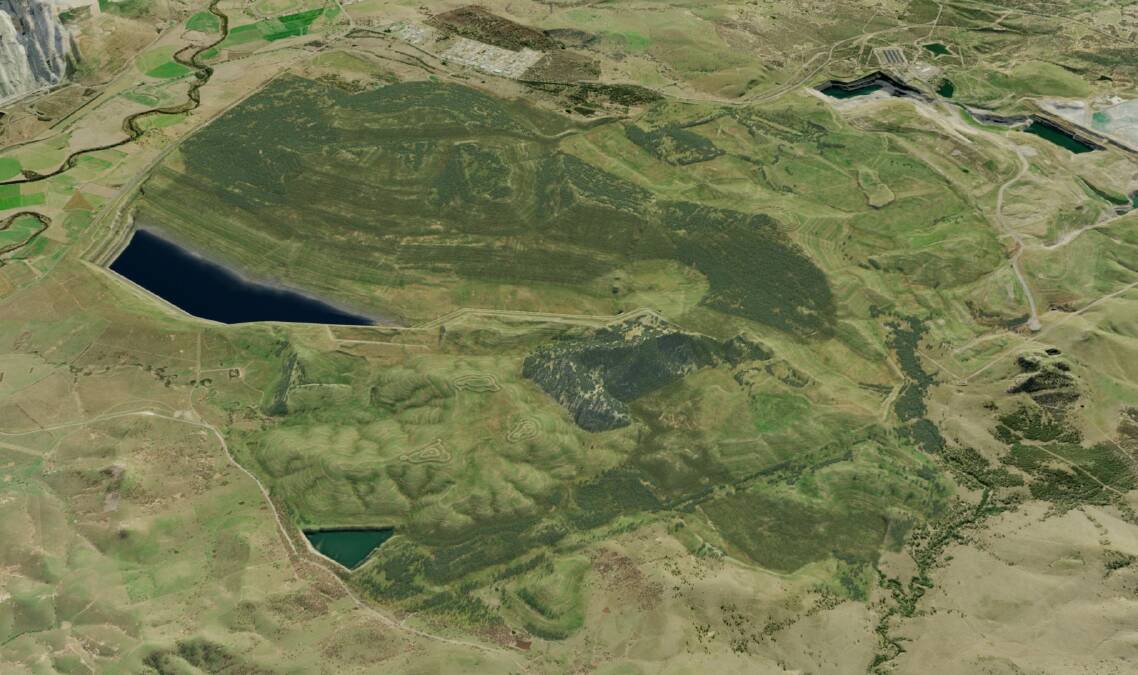
An adventure park featuring hiking and mountain biking trails situated alongside renewable energy projects and grazing cattle are among the post-mining land uses under consideration for the Mt Arthur Coal site near Muswellbrook.
BHP NSW Energy Coal Vice President Adam Lancey will provide an insight into planning for the land occupied by the state's largest coal mine at today's Business Hunter Energy and Resources Forum.
"We are exploring what might be possible, so we can leave a positive legacy in the Hunter Valley that we can all be proud of," he said.
"We are in the early stages of considering what future land use options might look like. Under any scenario, we are committed to fulfilling our statutory rehabilitation obligations and relinquishment criteria.



BHP, which had been seeking an extension of the mine's life until 2045, announced in June last year that it was bringing forward the closure date to 2030 after failing to find a buyer for the mine.
The 7000 hectare site will undergo an extensive period of rehabilitation.
Mr Lancey said the seven-year timeframe leading up to the closure provided the opportunity to consult, prepare, plan and make thoroughly considered, long-term decisions for the future of the mine's 2000 employees and surrounding communities.
The company's vision for the closure and rehabilitation process is based on "people, planet and prosperity".
"Our aspiration is to deliver sustainable landforms and land uses which can provide a positive legacy for generations to come post Mt Arthur Coal's closure," Mr Lancey said.

"We know we can do more now that will support our community and the Upper Hunter region long after 2030. It would be remiss of us not to seize this opportunity and work with key partners to deliver something we can all be proud of. For our families, and theirs long after that."
BHP estimates that about 35 per cent of Mt Arthur's workforce will be at retirement age in 2030.
It is estimated that it will take between 10 and 15 years to fully rehabilitate the mine site.
Employees, local suppliers and businesses, Indigenous groups, governments and community leaders will be among the groups consulted on the process.
The site is strategically located with established connections to rail plus an array of existing high-quality infrastructure, including potential access to a high capacity electrical network.
The closure of Mt Arthur will also mark the end of BHP's association with the Hunter, which began with the opening of the Newcastle Steelworks in 1915.







